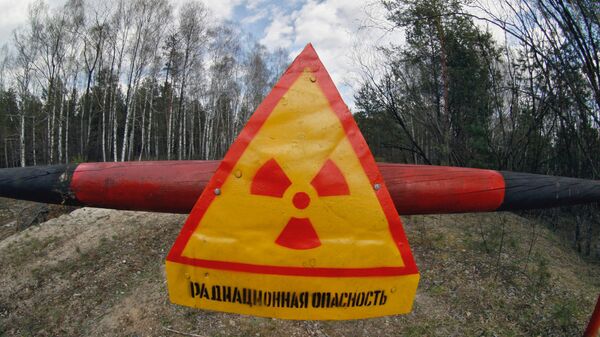In an article published in the Journal of Physics Special Topics, titled "The Second Nuclear Apocalypse", researchers from the UK's University of Leicester specifically referred to Season 4 of the science fiction television show The 100.
They recalled that the show wraps up with "a small crew leaving Earth in a rocket to escape an apocalypse caused by the near-simultaneous melting of all of Earth's nuclear power stations," an event which is known as "Praimfaya."
Another group survives in an extensive underground fallout shelter.
READ MORE: Clean Job: Finland Mulls 'Local' Nuclear Reactors for the Sake of Nature
Researchers said that they had decided "to assess the accuracy of assertion" by Clarke, the nominal leader of the group, who is immune to radiation, who claimed that it would be safe to return to Earth less than a decade after the apocalypse.
Using data collected after the Chernobyl and Fukushima nuclear disasters, scientists attempted to calculate how many radionuclides would be released into the atmosphere as a result of simultaneous nuclear meltdowns and how long the planet would remain uninhabitable.
READ MORE: 'Unimaginable' – Understanding Radiation Levels Inside Fukushima Reactor
"Clarke claimed that the radiation dropped to a safe level five years after Praimfaya. From our model we judge that this is a severe underestimate and conclude that radiation levels would only be survivable 156 years after Praimfaya," researchers pointed out, referring to "the main fallout isotopes Iodine-131, Caesium-134 and Caesium-137."
At the same time, they underscored that in reality, there are "sufficient safety mechanisms in place" to avoid the prospect of simultaneous global meltdowns.



